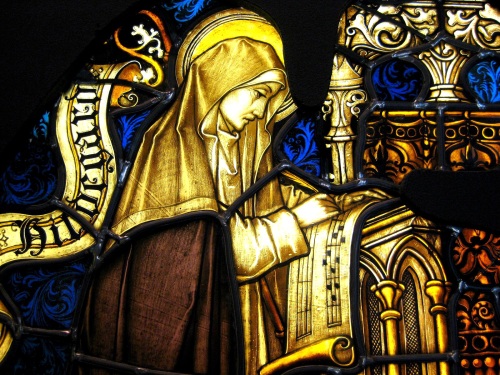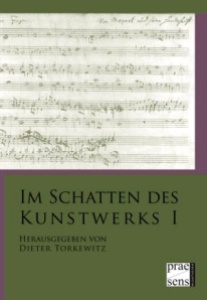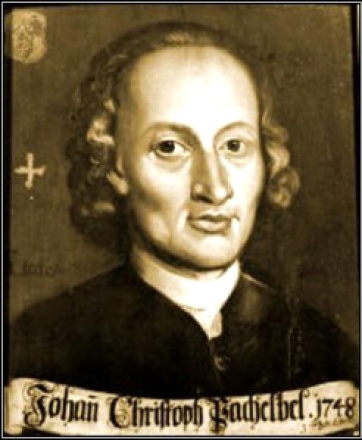
Joni Mitchell’s early records mapped the sexual terrain of the mid-1960s—the period during which premarital sex lost its taboo status and became a normative part of maturation and development—from a woman’s perspective.
With their strong storytelling component, Mitchell’s songs put into popular circulation narratives of sexual freedom that engaged with emerging social practices, helping to legitimize the new choices available to young women.
This according to “Feeling free and female sexuality: The aesthetics of Joni Mitchell” by Marilyn Adler Papayanis (Popular music and society XXXIII/5 [December 2010] pp. 641–656).
Today is Mitchell’s 70th birthday! Below, a 1970 performance of Cactus tree, one of the songs discussed in the article.







